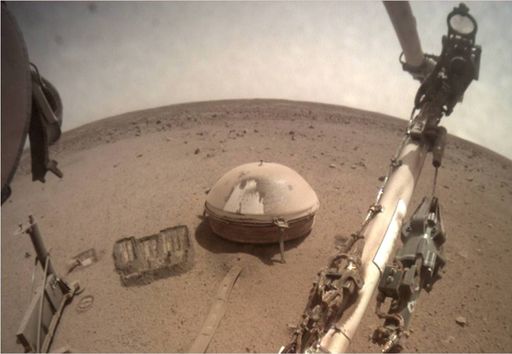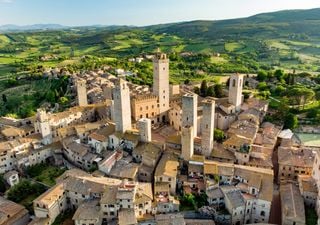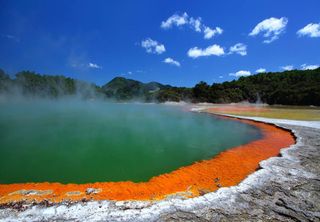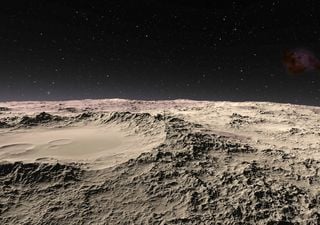What is the recursive island phenomenon and what is the most surprising example on our planet?
On this gigantic island in Canada, a globally unique geographical phenomenon occurs: an island within a lake, within an island, within a lake, within another island.
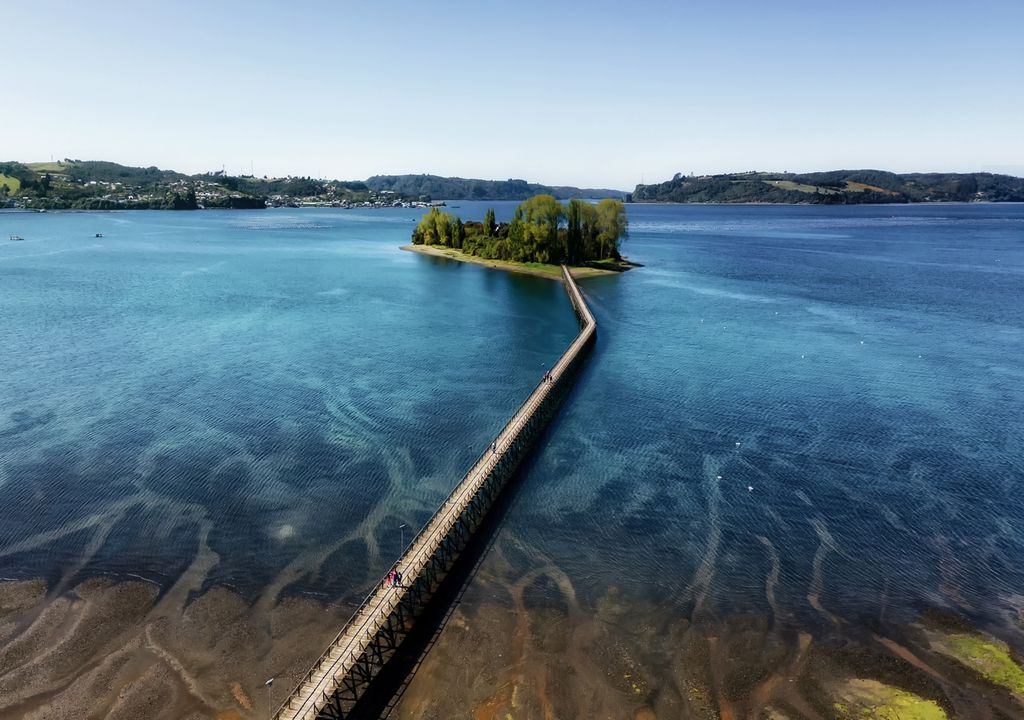
Planet Earth is full of natural wonders that never cease to amaze us. Among them, a surprising and little-known geographical phenomenon stands out for its complexity and rarity: recursive islands.
These natural formations, although generally not very common, can be found in various parts of the globe. However, the most notable example of a recursive island is found in the vast Canadian territory, specifically Victoria Island.
Victoria Island, a geographical enigma
Victoria Island, located in the Canadian Arctic, and belonging to the territory of Nunavut, extends over an area of 217,291 km² making it the second largest island in Canada and the eighth largest in the world. Many people are unaware that it is home to one of the most amazing and difficult to explain geographical phenomena: an island within a lake, which in turn is within an island, which is located in another lake within a larger island. This is a good example of a "triple island".
#30DayMapChallenge #Day16 Islands.
— Joe Davies (@joewdavies) November 16, 2020
Located on Victoria Island in Canada, this unnamed island is the largest known island in a lake on an island in a lake on an island.
False colour imagery from @sentinel_hub #islandinalakeonanislandinalakeonanisland pic.twitter.com/QN8ZArTZq7
This specific case is known as the largest example of a recursive island in the world. The most curious thing about this formation is that neither the island nor the bodies of water that contain it have a name, which adds an air of mystery to its already intriguing nature. These types of islands, although surprising, are not as rare as one might think. However, locating them is a complicated task due to their small size and inaccessibility.
The hidden beauty of the recursive islands
Recursive islands, like Victoria Island, add a touch of mystery to the geography of our world. These natural formations become hidden gems that, although difficult to reach, are testimony to the incredible variety and complexity that the Earth houses.
In the case of these amazing islands, nature itself has created these phenomena through geological and environmental processes that defy our expectations and remind us of the extraordinary diversity of the planet.
Other examples of recursive geographical curiosities
In addition to the amazing case in Canada, there are other recursive geographical curiosities that deserve attention for their peculiarity. A notable example is found in the United Arab Emirates. In this case, a town is completely surrounded by the territory of Oman, which in turn is surrounded again by the United Arab Emirates.
Its called a recursive island or lake. The largest in the world is an unnamed lake on Victoria Island in Canada and theres another in Luzon, in The Philippines, Lake Taal.#DIdYouKnow #Facts pic.twitter.com/lYCuVHpbiO
Capital Express Assurance (@CapitalExpress_) November 15, 2022
This enclave is the result of the inhabitants' desires to belong to different countries, creating a complex political and geographical situation.
In Europe, another good example of geographical curiosity is found on the border between Belgium and the Netherlands. The towns of Baarle-Hertog (Belgium) and Baarle-Nassau (Netherlands) are so intertwined that the borders pass through houses, streets and shops, creating a geographical and political mosaic unique in the world.
